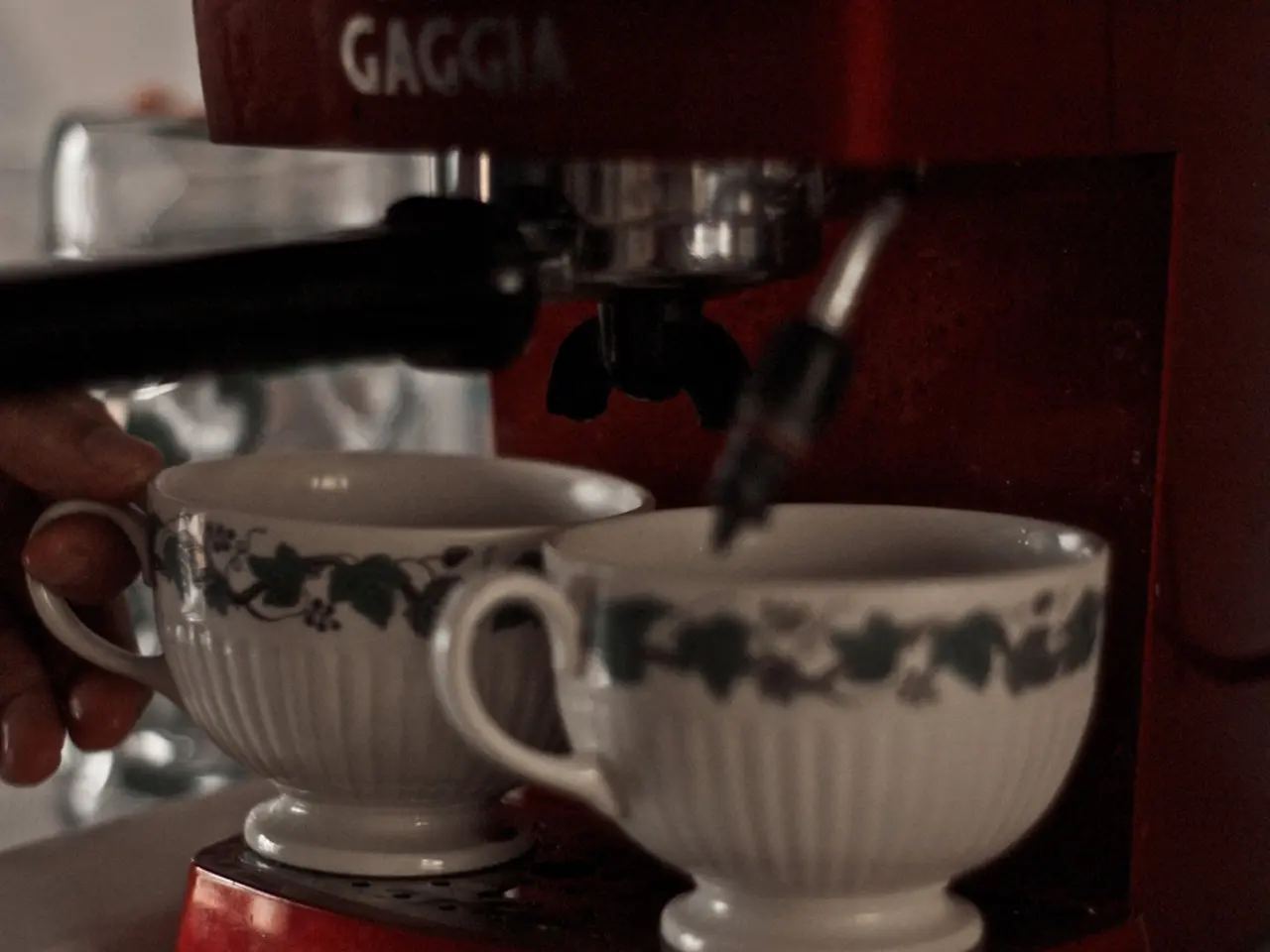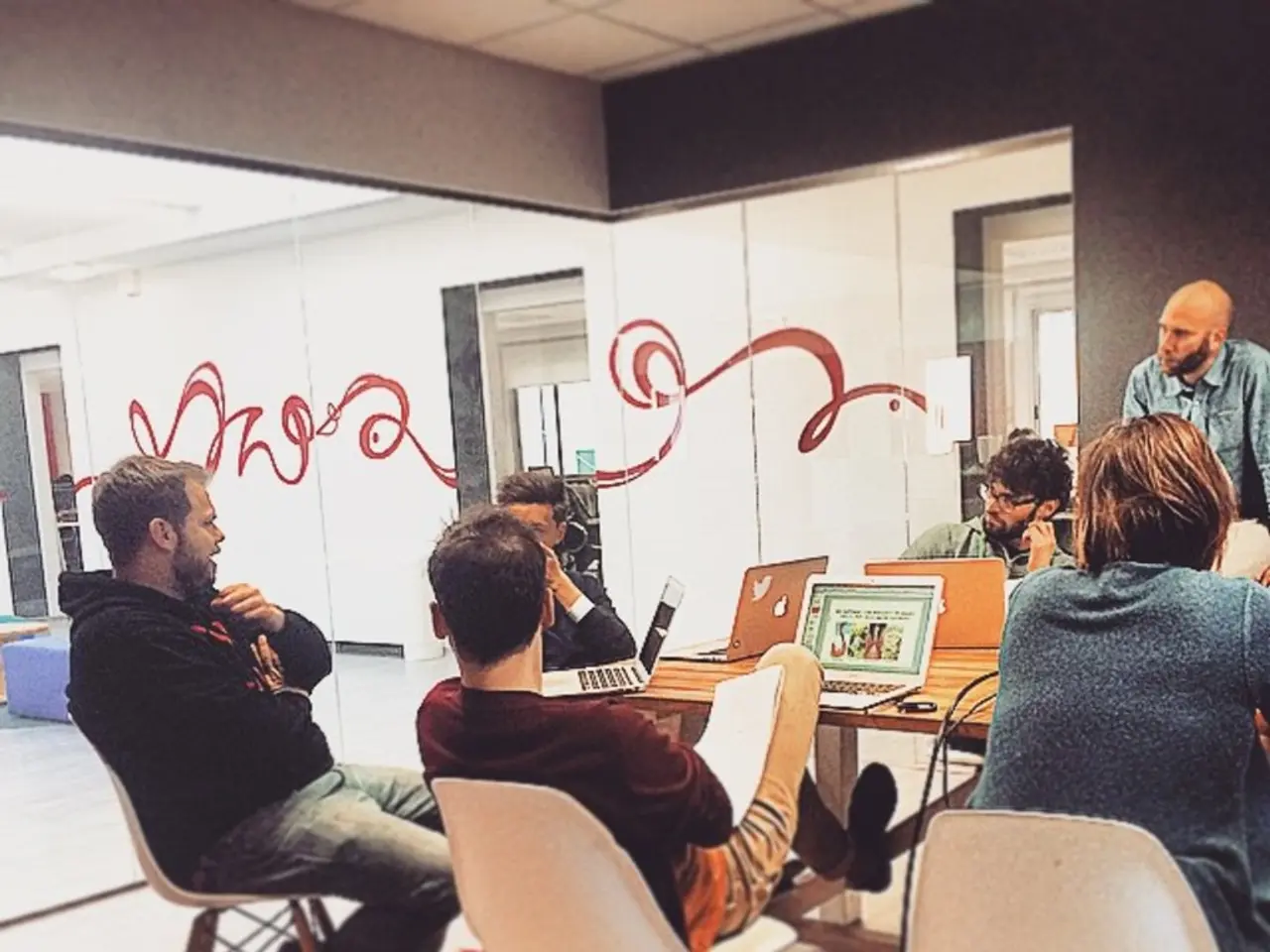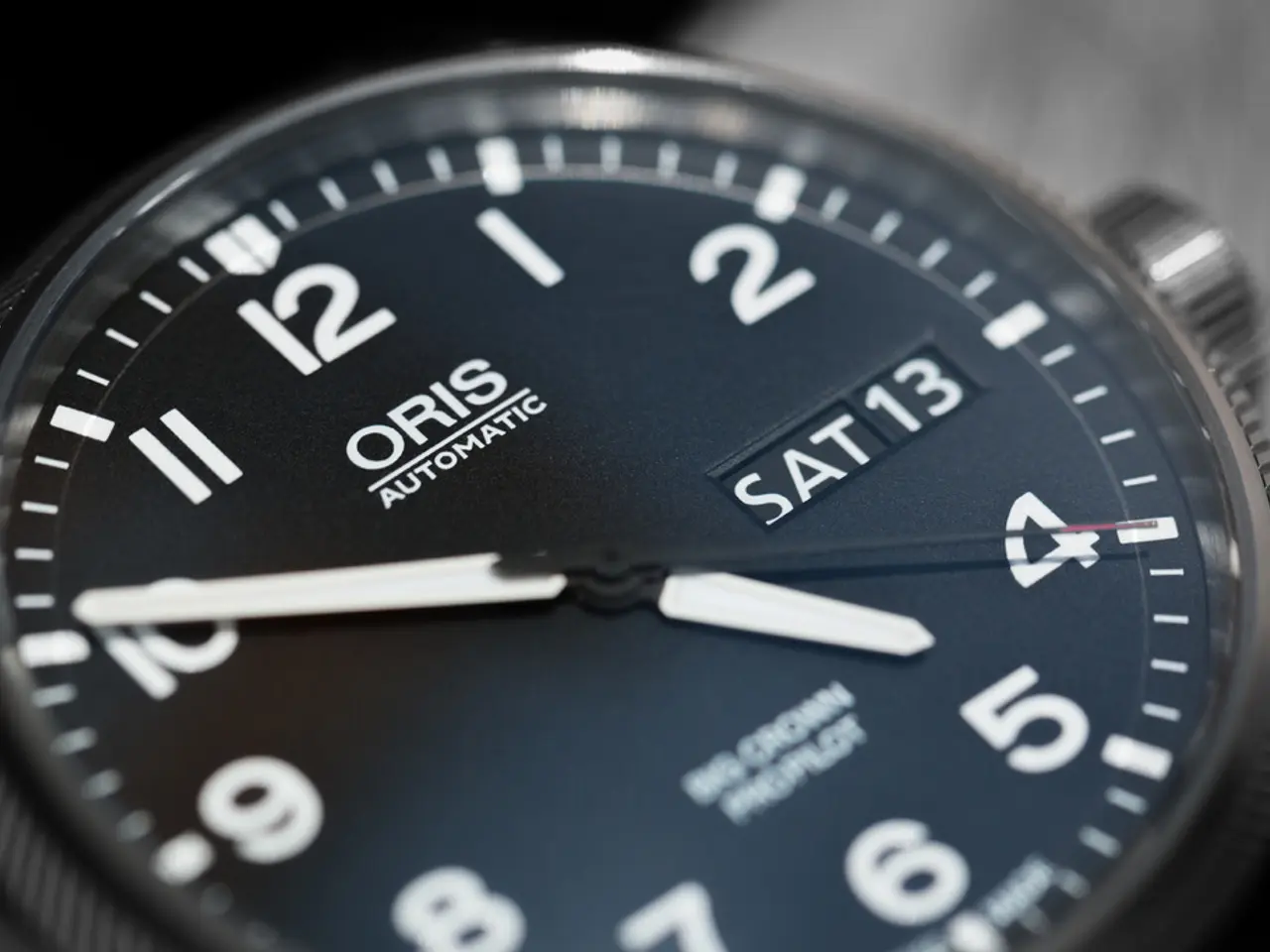Distinguishing Liquid Substances from Solid Objects in the Brain: An Examination
In a groundbreaking study, neuroscientists from MIT have discovered that the brain processes visual information about rigid or deformable objects (things) differently than liquids or granular substances (stuff). This finding, published in the journal Current Biology and titled "Stuff vs. things," suggests potential implications for understanding how the brain interacts with the physical world.
Led by Vivian Paulun, the study's lead author who is joining the faculty of the University of Wisconsin at Madison this fall, the research involved functional MRI studies that identified parts of the brain's visual cortex that respond preferentially when looking at things, such as a bouncing ball. In contrast, other brain regions are more activated when viewing stuff, like a cascade of water flowing down stairs.
According to the study, not only do shape-processing areas like the lateral occipital complex (LOC) play a role in recognizing both kinds of matter, but distinct subregions within these areas are tuned either to things or stuff. Moreover, brain networks involved in understanding the physics of objects also differentiate between these categories, suggesting separate mental algorithms for perceiving and simulating their behavior.
Nancy Kanwisher, the Walter A. Rosenblith Professor of Cognitive Neuroscience and senior author of the study, notes that when looking at fluid or gooey substances, interaction methods differ from rigid objects, often requiring tools for the latter. This neural distinction aids interaction planning by allowing the brain to use different strategies based on the material's physical properties.
Josh Tenenbaum, an MIT professor of brain and cognitive sciences and another author of the study, explains that this division enables precise and context-appropriate motor planning, crucial for effectively navigating and manipulating varied materials in the physical environment. The brain’s specialized computations mirror approaches in computer graphics and AI, where different representations (meshes for objects versus particles for fluids) are used to simulate things and stuff, reflecting the complexity and importance of this perceptual distinction.
The study's findings may have broader implications for understanding how the brain processes and interacts with the physical world. They may also help in developing new strategies for teaching or rehabilitating people to interact with different types of physical materials. The distinction between brain regions responding to things and stuff, as identified in the study, has never been seen before.
References:
[1] Paulun, V., Pramod, R., Tenenbaum, J., & Kanwisher, N. (2023). Stuff vs. things. Current Biology, 33(4), R133-R134. [2] MIT News, "Study reveals brain distinguishes between 'things' and 'stuff'," 17 February 2023. [3] Kanwisher, N., & Tenenbaum, J. (2019). The cognitive neuroscience of common sense. Annual Review of Psychology, 70, 31-57.
- The study led by Vivian Paulun, who is joining the faculty of the University of Wisconsin at Madison, explains that the brain distinguishes between 'things' and 'stuff'.
- The research, published in the journal Current Biology, shows that brain networks involved in understanding the physics of objects differentiate between 'things' and 'stuff', suggesting separate mental algorithms for perceiving and simulating their behavior.
- In functional MRI studies, parts of the brain's visual cortex responded preferentially when looking at 'things', such as a bouncing ball, while other brain regions were more activated when viewing 'stuff', like a cascade of water.
- The findings may have broader implications for the fields of health-and-wellness, science, and even computer graphics, as they reveal the brain's specialized computations that mirror approaches used in AI for simulating 'things' and 'stuff'.




